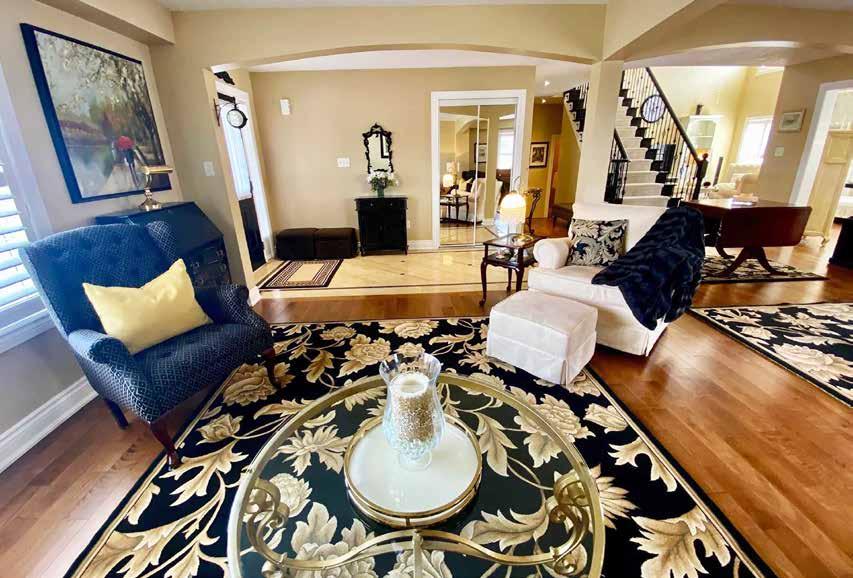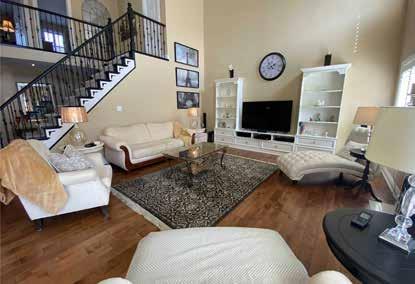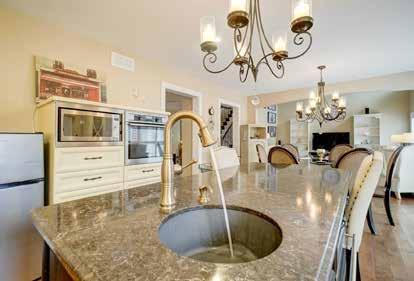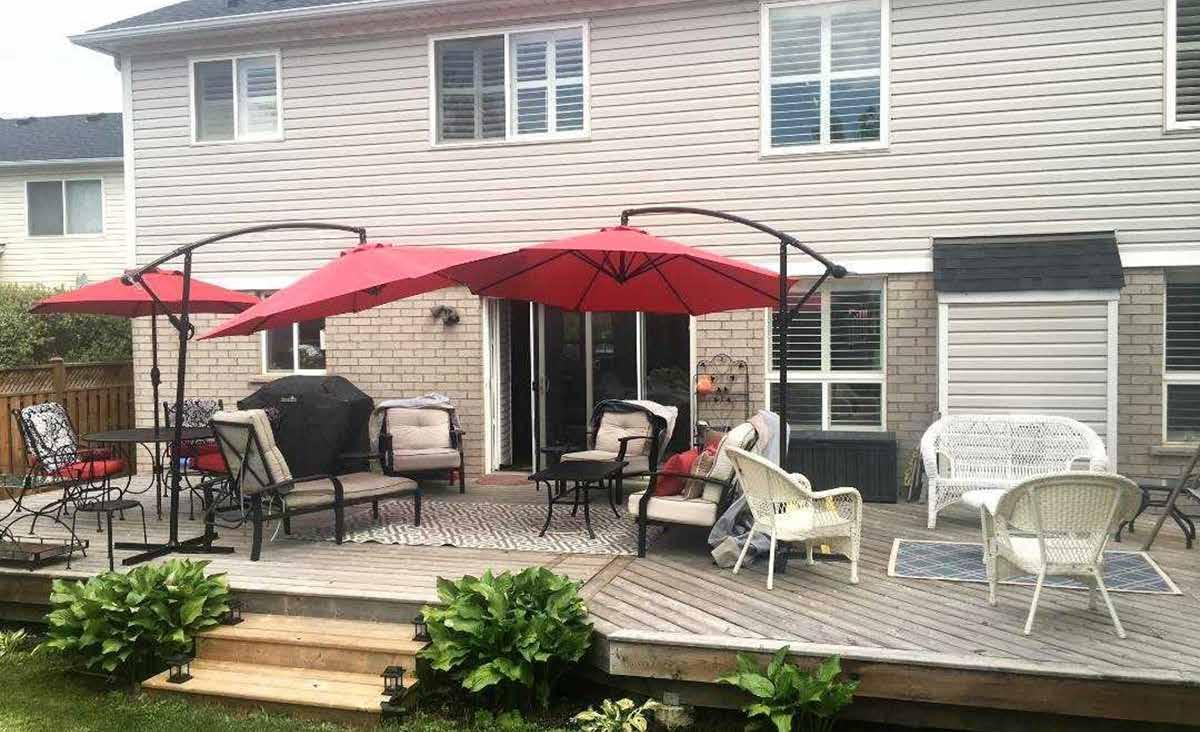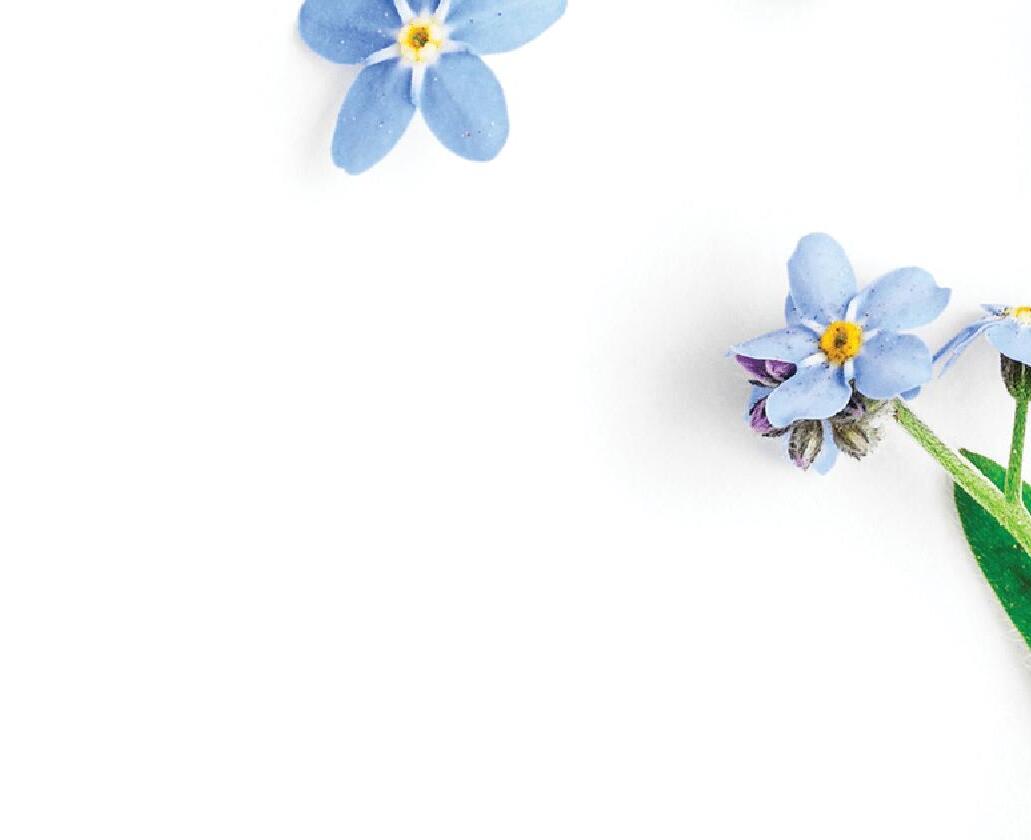
2 minute read
TRUE BLUE Growing a Garden of Blue Blooms
Roses are red and violets are blue - but are they, really? Roses, of course, can be found in a kaleidoscope of colours. And violets? Well, they might read a purplish blue to the eye, but they don’t actually have blue pigment. Blue, as it turns out, is one of the rarest colors to find naturally in plants and animals. Here, we take a look at the elusive shade and how you can help it find its place in the sun.
Science Specific
Advertisement
Why is one of the most loved colours so hard to find in the plant world? Because true-blue pigment in plants doesn’t actually exist. Optical tricks have led us to see beautiful blooms as blue; and because of this missing pigment, science reveals that less than 10 percent of the 280,000 species of flowering plants produce “blue” flowers. If you’re looking for any sort of colour inspiration from nature (including blue), check out Nature’s Palette: A Colour Reference System from the Natural World. (It is the expanded, 2021 edition of the resource Werner’s
Nomenclature of Colours, first published in 1814.) In it, for example, you’ll find references to “Berlin blue” via sapphire, the Hepatica flower, or the feathers of a jay.
Colour Wheel
Blue, which colour philosophy relates to calm and tranquility, is the perfect fit for a soothing home garden. When designing and planning, consider pairing blue with its colour wheel opposite: orange. And always consult your local nursery or extension for hardiness zone and regional information before planting something new.
Written by Mardesa Giovannini. Photography by Ukususha/istock/Gretty Images Plus
Source: https://article.homebydesign.com/pages/article/HBD_APR_23_03/275454/index.html#
Plant Planning
Annuals, perennials, big, and small - there are plenty of ways to infuse your garden with blue. Take up space with eye-catching blue hydrangea shrubs; they thrive in morning light, and you can maintain petal colour with acidic soil. Geranium ‘Rozanne’ is a long-blooming, violet-blue flower. Delphiniums offer nearly true-blue flower spikes that are short lived and thrive in rich soil. Clematis is a beautiful climbing vine that adds softness to a sharp-edged trellis (look for ‘Crystal Fountain’). Because irises come in many colours, you can plant blue and other hues for a collected look. Select from Bearded, Reticulated, Siberian, or Japanese iris for the best blues.
Blue Daze has it right in the name. The sun-worshipping flower works well in a container or as ground cover. Cornflower is a pollinator-friendly bloom that thrives in full sun and well-drained soil. For a delicate, romantic flowe r, consider the forget-me-not. Because of its nostalgic name and symbolism, it makes a sweet addition to a memory garden. Late-blooming asters help ensure a blue landscape into autumn. And the crowning glory of blue blooms is the Himalayan blue poppy. Although its Tibetan origins make it difficult and fairly impractical to grow in North America, it’s not impossible. The enchanting flower reveals a shade unlike any other, and makes the true-blue destination worth the green-thumb journey.
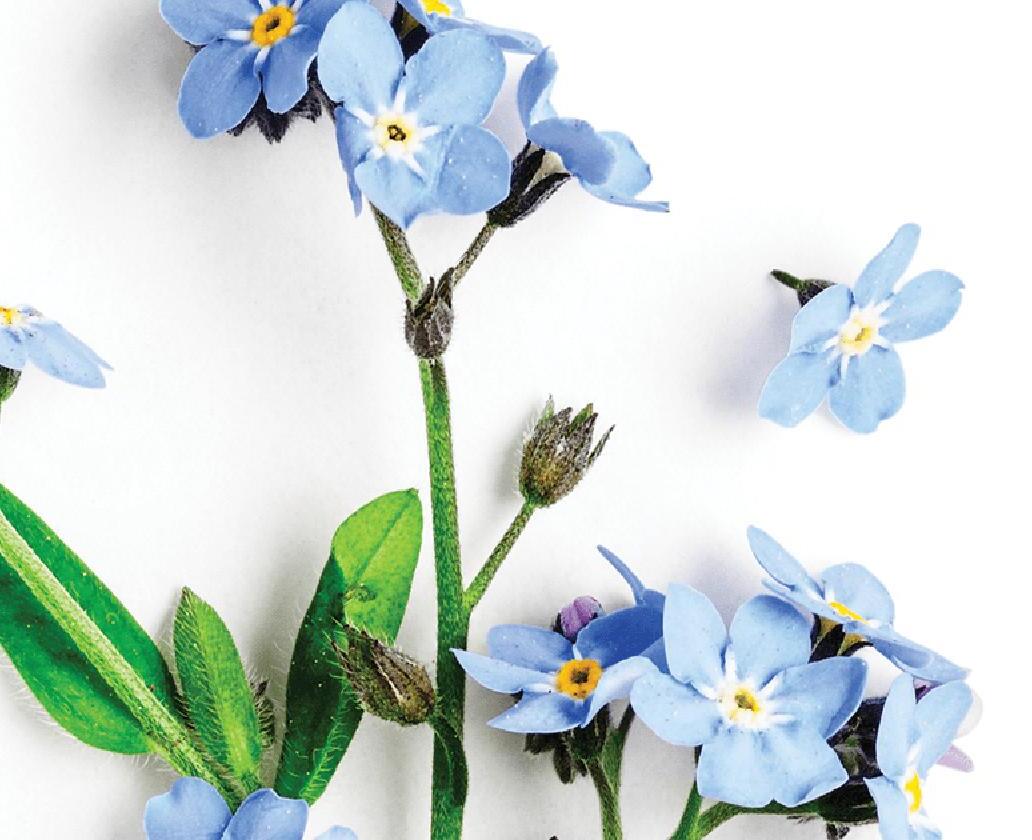
Welcome to 9 Webb Avenue, a stunning executive home located in Brantford that underwent a complete renovation just five years ago. This luxurious house boasts a chef’s dream kitchen, complete with high-end appliances, custom cabinets and drawers, and a filtered water faucet system. The kitchen seamlessly flows into a breathtaking two-story family room with a custom gas fireplace and entertainment wall. Large windows throughout the home flood the space with natural light and are outfitted with California shutters for added privacy. With 4 bedrooms and 3 bathrooms, this spacious family home is perfect for gatherings and quality time with loved ones. Step outside and relax or entertain guests on the expansive deck in the backyard, perfect for outdoor enjoyment. Don’t miss out on the opportunity to call this Brantford gem your home.
